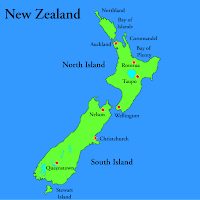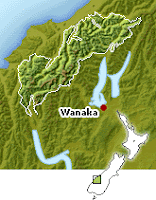For me this is the heart
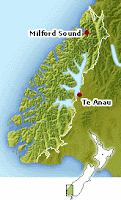
of New Zealand.
Stewart Island may represent the natural unspoiled New Zealand to the European kiwis. Auckland might do it for the jet-set. Tongariro and the other sacred peaks may do it for the Maori but Fjordland's majestic mountains and dramatic coast are the places I think of when I think of New Zealand.
Much of it has been left untouched and the tracks cover only a small area, enough to touch the highlights but leave much of it alone. One has to resist the urge to conquer and explore in favor of taking it in and leaving the rest. This is what draws legions of hikers from all over the world. The entire southwest corner of the island is uninhabited and only accessible by boat for hundreds of miles. So even if you wanted to try and hike across it, the distances between resupply would be daunting. One just has to take it on its own terms even if it means not seeing everything that's out there.
The Kepler Track was my first Great Walk in the park. It's one of only two ridgeline hikes I did the whole trip and even then it's more of a jagged jumble than a ridge but what a view. The track starts by Lake Te Anau and winds along the beach for some time. Then it climbs steeply but steadily to the treeline and the Luxmore Hut. Once I broke out of the trees and looked ahead at the mountains and back down to the lake, I knew I was in for something special.
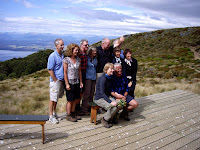
Hump was a hint. Kepler was the full story.
The hut itself had a spectacular view. Just as I was getting settled in a helicopter landed on a small wooden platform and a group of formed a wedding party and held a ceremony on the front porch. Champagne for everyone, friend and stranger alike. I had to admit it had style.
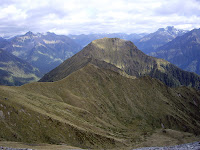
The second day was all about the ridge walk. With Lake Te Anau below and snow capped mountains going on into the distance, the Kepler track winds its way in, over and around the mountains before dropping back down to the Iris Burn Hut Signs along the trail indicate hours rather than distance and these were hours I was happy to drag my feet and enjoy the hike.
The Mavora Track is not part of the park and was much rougher. It's nice and smooth past Mavora Lake to the Boundary Hut where I had lunch. But after that it was a grassy, wet, difficult walk along the valley to the Taipo hut where I spent the night all the way to where it met the Greenstone Track. The Greenstone Track is another valley walk above the Greenstone River that was more an exercise in getting from here to there while I was still in my south-to-north thru-hike phase.

It did get me to Milford Sound but since I had to go all the way back to Te Anau to get my hut tickets for the next track it was hardly the smoothest part of the journey. Still following the waratahs or painted metal poles was a good pathfinding challenge and it was my first introduction to walking along the river valleys of New Zealand.
